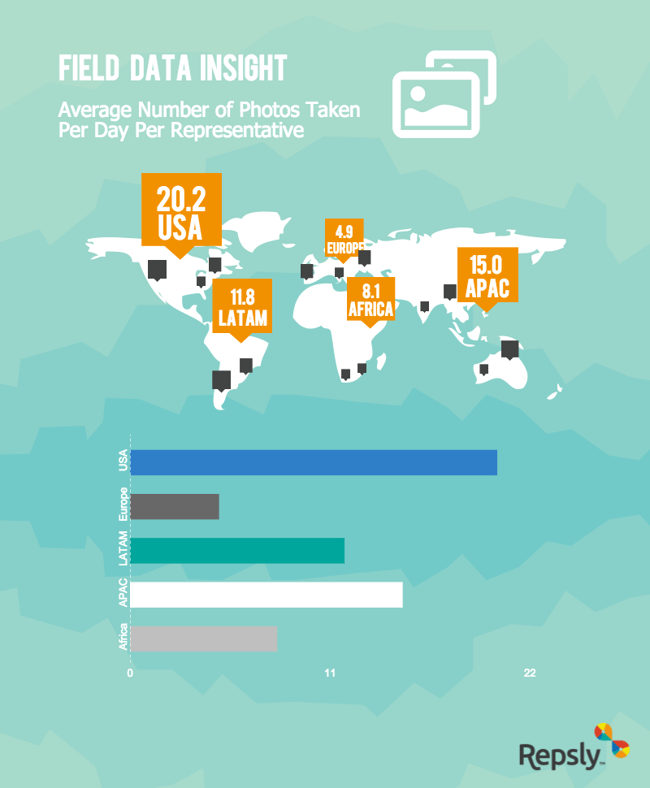How Many Photos Will Be seller a day in around the world
It’s 2020, the age of digital photos. Everyone with a phone effectively has a camera within reach, and photo enthusiasts have DSLR’s or better. On top of that people have a plethora of other image-capturing devices like drones, tablets, GoPros, and webcams. With all of this technology at our fingertips, we’re capable of taking a lot of photos. So the photo-enthusiasts at Mylio wondered, “How many photos will be taken this year? And how will we store them all?”
How Many Photos in 2020?
To begin answering these questions, we got in touch with our friends at Keypoint Intelligence. They’re interested in photos as well, and they had some fascinating data for us. Turns out, humanity will take 1,436,300,000,000 photos in 2020… that’s over 1.4 trillion. At first glance, that seems like a staggering number. And in some ways it is.
For example, if you took one photo every second, it would take you over 45,544 years to snap the number of photos humans will take in 2020 (and your finger might be a little sore). If you had 1.4 trillion kids standing on each other’s shoulders, they would extend well past Saturn. But if you divide that number by the population of Earth (7.75 billion people), you’ll see that each person averages only 185 pictures each. Now of course babies won’t be taking any photos – though an adorable percentage of those pictures will be of babies – but it still puts the number in perspective.
Thanks to smartphones, millions of people around the globe are turning into prolific photographers. According to estimates from InfoTrends, people will take a hundred billion more photos in 2017 than they did in 2016. As highlighted by this chart from Statista — which is based on the InfoTrends' data — the vast majority of those photos will be taken on smartphones.
Sales of digital cameras have drastically declined over the years, dropping from 121.5 million in 2010 to an estimated 13 million in the first half of 2016, according to the Camera and Imaging Products Association. The sophistication of smartphone cameras allows everyday users to take high-quality pictures easily, and for most consumers, it makes no sense to spend extra money on a separate device just to take photographs.
The popularity of social-media sites including Facebook and Instagram has likely played another key role in the rise of smartphone cameras, since it's generally much easier to upload photos from a smartphone than from stand-alone cameras.
Nedeed photo
Artvertisement = 80 000 a day
Startup = 39000 a day
Book = 80000 a day
This week, we investigated the average number of photos a field representative captured per day in the field. The following statistics were taken from the Repsly database of field organizations in over 40 different countries.
From our analysis, we’ve discovered that field representatives in the United States captured significantly more number of photos in the field than any other regions around the world. On average, a representative captured 20.2 photos per day. Following the United States was the Asia Pacific Region, which captured 15 photos per day. Next was Latin America with 11.8 photos per day and then Africa, which captured 8.1 photos per day. In very last place was Europe, with 4.9 photos per day.
While we cannot attribute this distribution to a specific cause, we might be able to make a few assumptions about cross-cultural organizational behaviors. One hypothesis is that European organizations might be less concerned about visual display of product or services than other regions. It could also be the result of more autonomy or trust in remote employees - therefore, employees might not be required to take photos in the field.
We cannot know for sure… but if you are a field representative or manager, we would love to hear your feedback on this week's field data insight in the comment section below. Let us know where you are from and what you think about the statistics!









